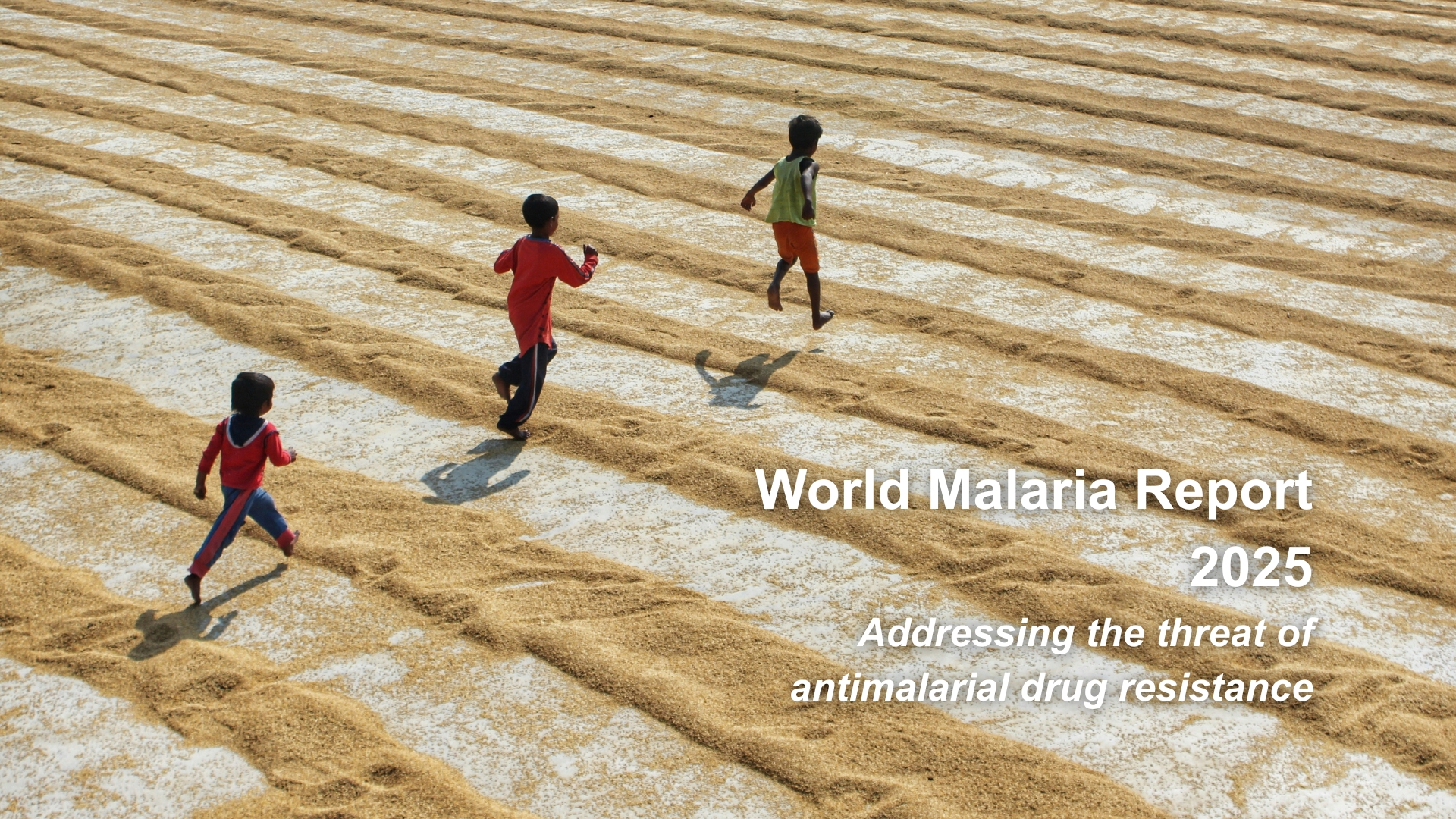
2015 was a transitional year. The Millennium Development Goals (MDGs) gave way to the 17 Sustainable Development Goals (SDGs). The shift in the global development model not only determines where future investments will be made, but also sets important milestones for all stakeholders to help bring about a better, healthier and more equitable global society.
One of the top agenda items for the Asia Pacific region is to become malaria-free by 2030. Even on the back of great progress towards malaria elimination in many countries, continued support is critically needed to sustain the efforts and achievements so far. Malaria knows no borders, and nor should regional cooperation against the disease. Regional initiatives that encourage collaboration between countries can promote effective strategies and tackle shared challenges quickly and efficiently.
The Australia–China–Papua New Guinea Pilot Cooperation on Malaria Control[1] is among significant new collaborative efforts. The inter-governmental partnership commenced in December 2015, and is the first substantial trilateral collaboration in the Asia Pacific region aimed at combatting the disease. Between 2016 and 2018, the three countries will jointly focus on improving malaria diagnosis within Papua New Guinea by strengthening laboratory services and research. The initiative will also support the Government of Papua New Guinea’s priorities for malaria in their National Malaria Strategic Plan, aimed at achieving and sustaining universal coverage and access for malaria control interventions.
Australia’s aid programme will provide AUD4 million in project funding and also support strengthening of capacity-building Papua New Guinea medical institutions to correctly diagnose and treat malaria. China will provide technical expertise, as well as facilitate project planning and implementation for this important initiative.
The trilateral partnership not only demonstrates the strong will and commitment to tackle malaria at the senior government level in each of the three countries, but also supports setting of shared policy priorities to move forward together toward malaria elimination by 2030.
Successful precedents have been seen in the context of African countries. The Lubombo Spatial Development Initiative (LSDI)[2] has shown that international trilateral initiatives are not only possible, but are a highly effective tool in the fight against malaria. At a time when the global and regional aid landscape is evolving quickly, trilateral aid cooperation is an innovative approach that could fill an important gap in national responses and resource mobilization.
The Asia Pacific Leaders’ Malaria Alliance (APLMA) supports and promotes regional political leadership and collaboration in the fight against malaria. It also aims to increase the cooperation among Asian Pacific countries on regional health security.
_________
[1]The Australia-China-Papua New Guinea Pilot Cooperation on Malaria Control
[2] The Lubombo Spatial Development Initiative, a trilateral agreement between South Africa, Mozambique and Swaziland, was initiated in 1999 and successfully reduced malaria cases by 78 to 95% in the border areas of South Africa and Swaziland within five years of the start of Indoor residual spraying and then artemisinin-based combination therapy (ACT) deployment in Maputo Province.
See more : Hitting a Moving Target: A Model for Malaria Elimination in the Presence of Population Movement
.svg)


.jpg)






